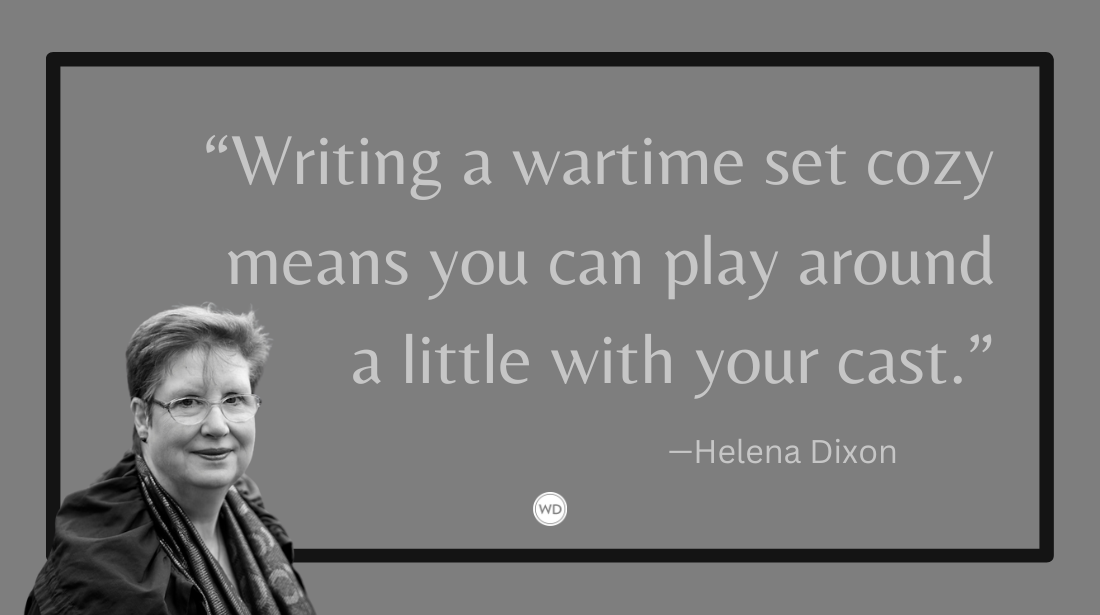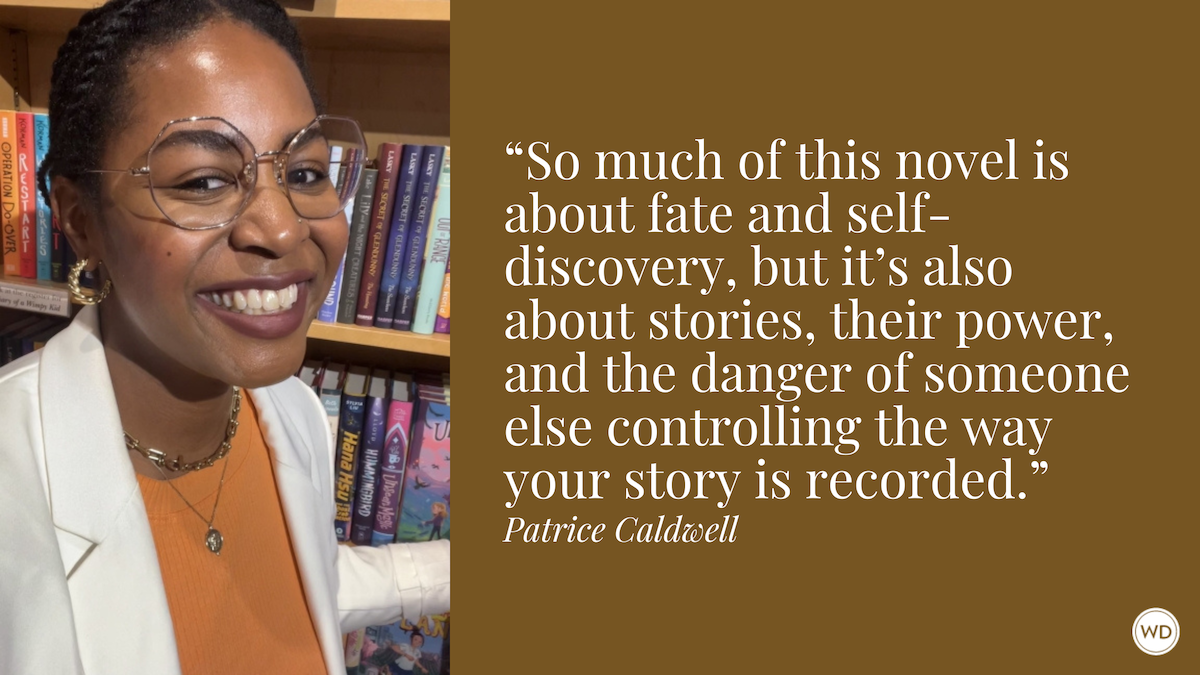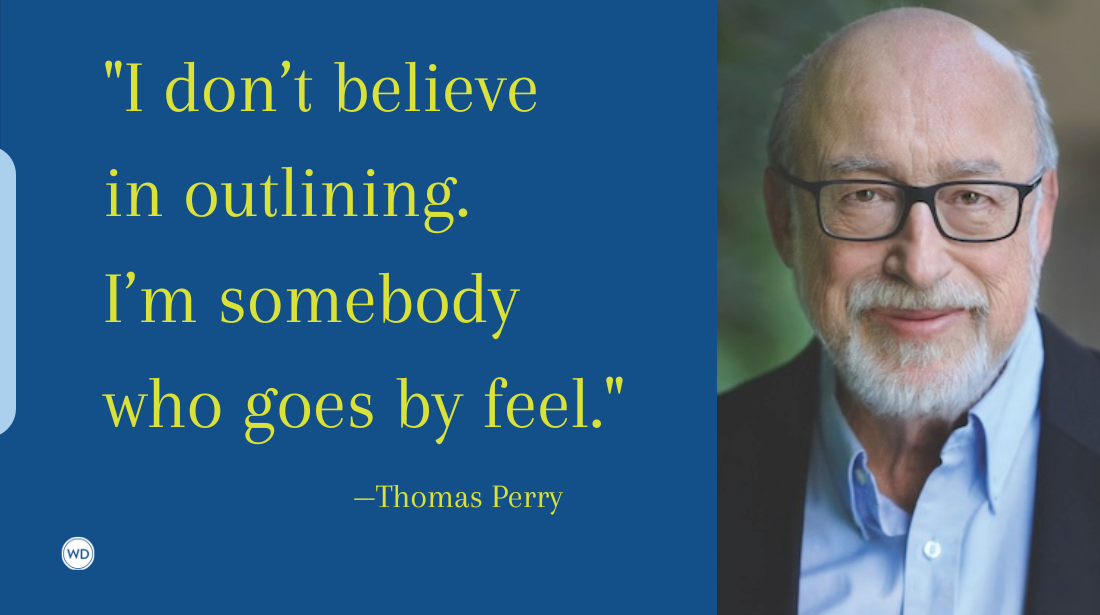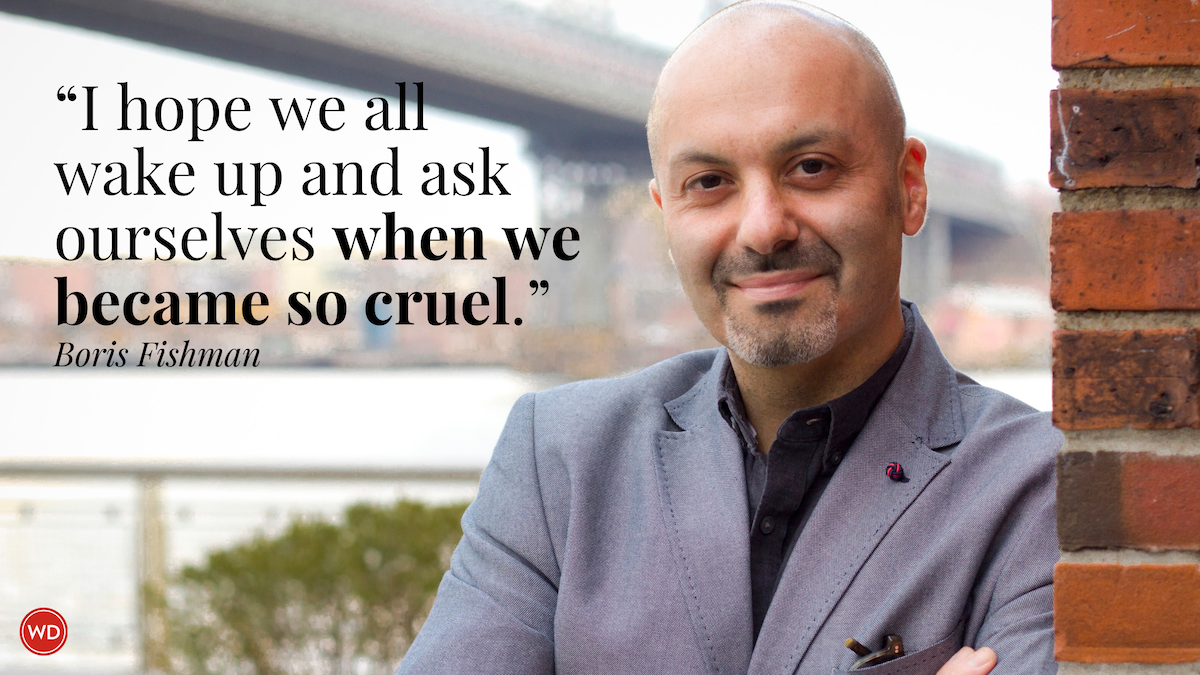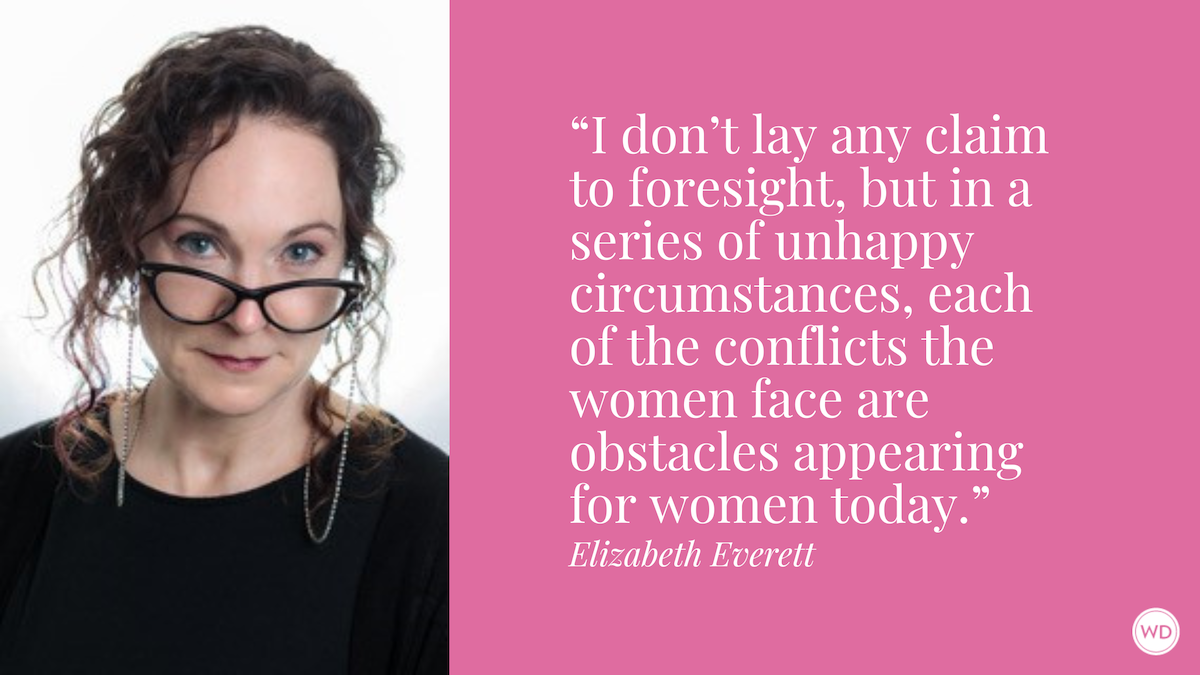Timed Editing: For Focus, Productivity & Your Manuscript’s Best Health
When revising and editing, it’s best to think about it in shorter, hyper focused periods rather than one intense push. Kris Spisak discusses the benefits of timed editing for your story as well as your productivity.
How many push-ups can you do in a row with perfect form? How far can you run without a break? How many laps could you swim?
Now let me ask a different question: How long can you stay on top of your editing game?
We don’t always like to admit it, but parts of the creative process are matters of endurance. Just like you should use good form with your body as you exercise for maximum results (and minimal injuries), holding your mental form with your editing is just as essential. You might not pull a muscle, but your manuscript can suffer lingering setbacks—like overextended metaphors or strained punctuation usage. And no one wants that.
Instead of seeing your editing process as a marathon that you must slog through, knowing you must suffer through every single step until the end, break it up into smaller “dashes.” (I’m thinking about the 100-yard dash here, folks, not “em” dashes or any other kind.)
Try a “timed edit” to maximize your productivity and seize upon your most focused editing form. Here’s how it works:
- Open your manuscript and think about your revision goal for the day. Perhaps you’re editing in waves, tackling macro-level revisions. Maybe you’re undergoing a powerful reverse edit as you’re doing your final proofread.
- Whatever your task, set a 10-minute timer for yourself, and challenge yourself to focus on nothing but your best editing for these 10 minutes.
Mobile phones are great for this exercise. You can even personalize the alarm at the end—cheering applause, triumphant trumpets, it’s all up to you.
But your goal is simply a short editing dash. A “timed edit” keeps you accountable and enables you to focus on your task and only your task. It’s harder than it sounds, especially amid our multi-tasking lives and often jumpy attention spans.
Don’t look at social media. Or your email. Do not make eye-contact with any furry co-workers. Just focus on your editing process and make it happen for 10 solid minutes.
After your timer goes off, stand up and touch your toes. Do some stretches. Go grab your water bottle. You don’t need to break for long—even 60 seconds will do—but your brain will appreciate the reprieve. (And might I suggest that if you’re checking anything on the internet for your mental break, setting a five-minute timer to ensure your break remains only a short break can keep you accountable on that side of things too.)
Then, when you’re ready, dive back in. 10 more minutes. Go. Your mind will be refreshed, and your new challenge will begin.
Does this sound like too choppy of a process? I encourage you to try it out. You’ll likely find that 10 minutes by 10 minutes, your editing will be more efficient and polished than ever. You’ll stop yourself before your “best form” slips away and your editing efforts wobble.
How long can you maintain your best editing skills?
Maybe the five-minute mark is best for you. Maybe you’re an endurance athlete editor, and you can maintain your best form for 30 minutes straight. Anyone who argues they are at peak performance beyond that mark, I’m not sure I quite believe. But no matter where your focus and attention span may sit on the spectrum, the key is recognizing when it starts lagging. Timed editing is a way to harness your best and to reset yourself before you start drifting into the territory of wasted time.
Mental stamina is a conversation we don’t always have when discussing the creative process, but it should be.
Book editing doesn’t have to be an endless marathon. Your goal should never be to see how far you can go in one sitting—how many pages or words—because your mind will wander. Your brain will need a break.
However, with timed editing, you push hard and catch your breath. You push hard again, then catch your breath. Whether you choose to do pushups or crunches as your “editing break” to get your blood flowing is absolutely optional, but when it comes to your manuscript’s health, good form is everything. Give it your best.
Kris Spisak is the author of Get a Grip on Your Grammar (Career Press, 2017), The Novel Editing Workbook (Davro Press, 2020), The Family Story Workbook (Davro Press, 2020), and the novel The Baba Yaga Mask (Wyatt-MacKenzie, 2022). In addition to her books, her “Words You Should Know” podcast, Grammartopia® events, and Story Stop Tour programs are also designed to help writers of all kinds sharpen their storytelling and empower their communications. Kris is an active speaker, workshop leader, and fiction editor, and she also serves on the advisory board of James River Writers. Learn more or sign up for her monthly writing tips newsletter at Kris-Spisak.com.

